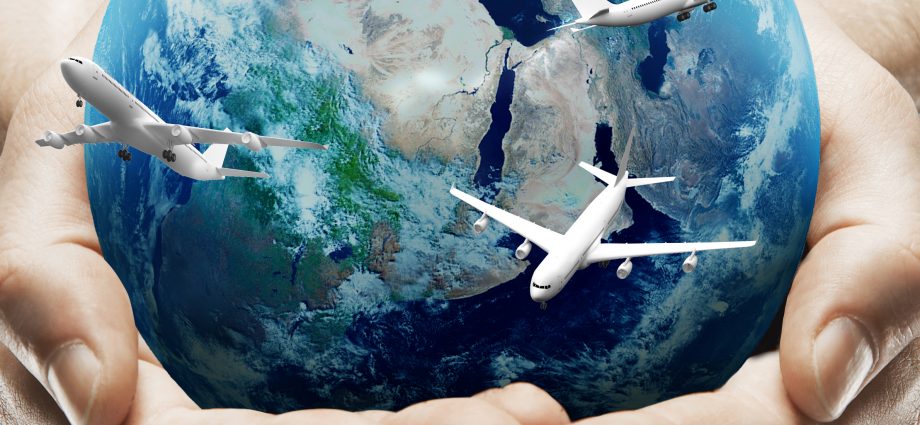As the impact of Covid-19 is limited through vaccination and the development of herd immunity, and perhaps also an acceptance of the new normal, I get a sense that the entire airline industry is moving into a new phase.

Guy Leitch 
Is the future brighter for airlines?
Most notable is the retirement of key industry stalwarts: Willie Walsh, the CEO of IAG has retired from the stress of running multiple huge airlines and become the head of IATA. Brian Pearce, IATA’s Chief Economist, who led much of the research that informs airline policy and that the industry and government has used for its planning, retired at the end of May. And in Africa, Chris Zweigenthal has taken early retirement from running the Airlines Association of Southern Africa.
As the old order moves on, what can we expect from the brave new world? Brian Pearce’s farewell IATA media briefing presented a long-term view for airline recovery, which shows that people are still keen to travel, both in the short and long-term.
The IATA projections are more optimistic than was hoped just a few months ago. 2021 global passenger numbers are expected to recover to 52% of 2019 pre- Covid-19 levels. In 2022, global passenger numbers are expected to recover to 88% of pre-Covid-19 levels. And in 2023, global passenger numbers are expected to be an amazing 105% of pre-Covid-19 levels. So yes – by the end of 2023 airline traffic should be back to normal.
‘IATA projections are more optimistic…’
However, the legacy of Covid-19 will linger in suppressed growth – perhaps as people have become used to webinars. By 2030, global passenger numbers are expected to have grown to 5.6 billion which is 7% below the pre-Covid-19 forecast and an estimated loss of 2-3 years of growth due to Covid-19.
Beyond 2030 air travel is expected to slow, due to weaker demographics and a baseline assumption of limited market liberalisation, giving average annual growth between 2019 and 2039 of 3.2%. IATA’s pre- COVID-19 growth forecast for this period was 3.8%.
‘by the end of 2023 airline traffic should be back to normal’
The recovery in passenger numbers is slightly stronger than the recovery in demand measured in revenue passenger kilometres (RPKs), which is expected to grow at an annual average of 3% between 2019 and 2039. This is due to the expected strength of domestic markets like China, with large passenger numbers and shorter distances.
The damage of the Covid-19 pandemic will be felt for years to come, but all indications are that people still have their need and desire to travel. This is evident in that, whenever there is a possibility of a border re-opening, there is a surge in airline bookings.
Pearce says that consumers have accumulated savings in the lockdowns, in some cases exceeding 10% of GDP, and vaccination rates in developed countries should exceed 50% of the population by the third quarter of 2021.
It’s been a long and tough fight for airline survival, but the prognosis for a full recovery is good.


